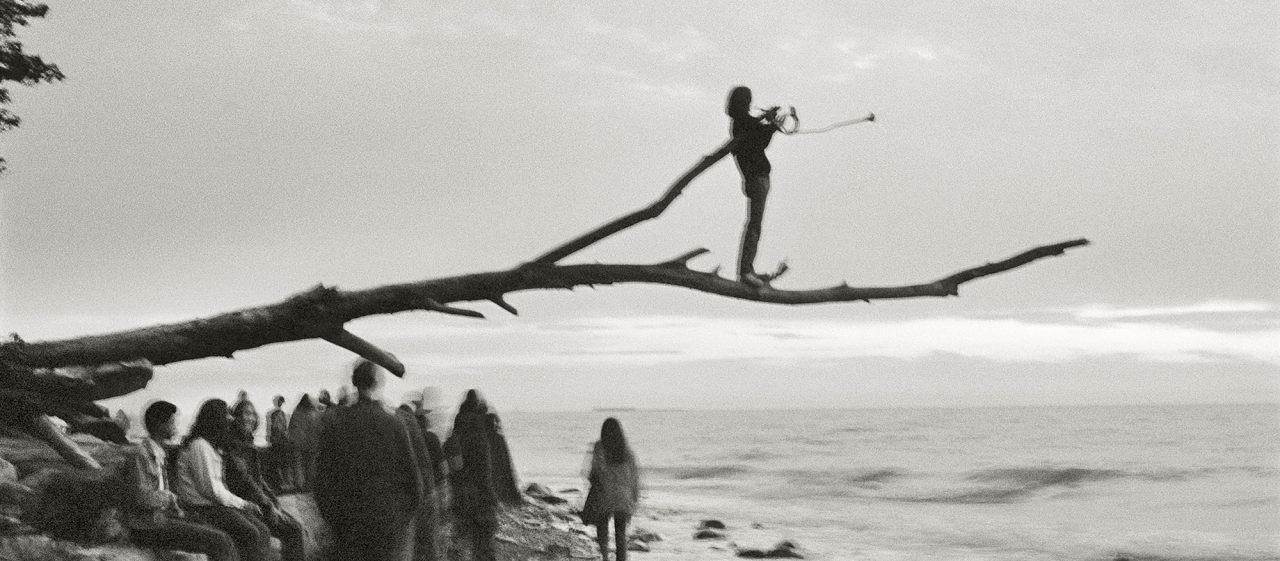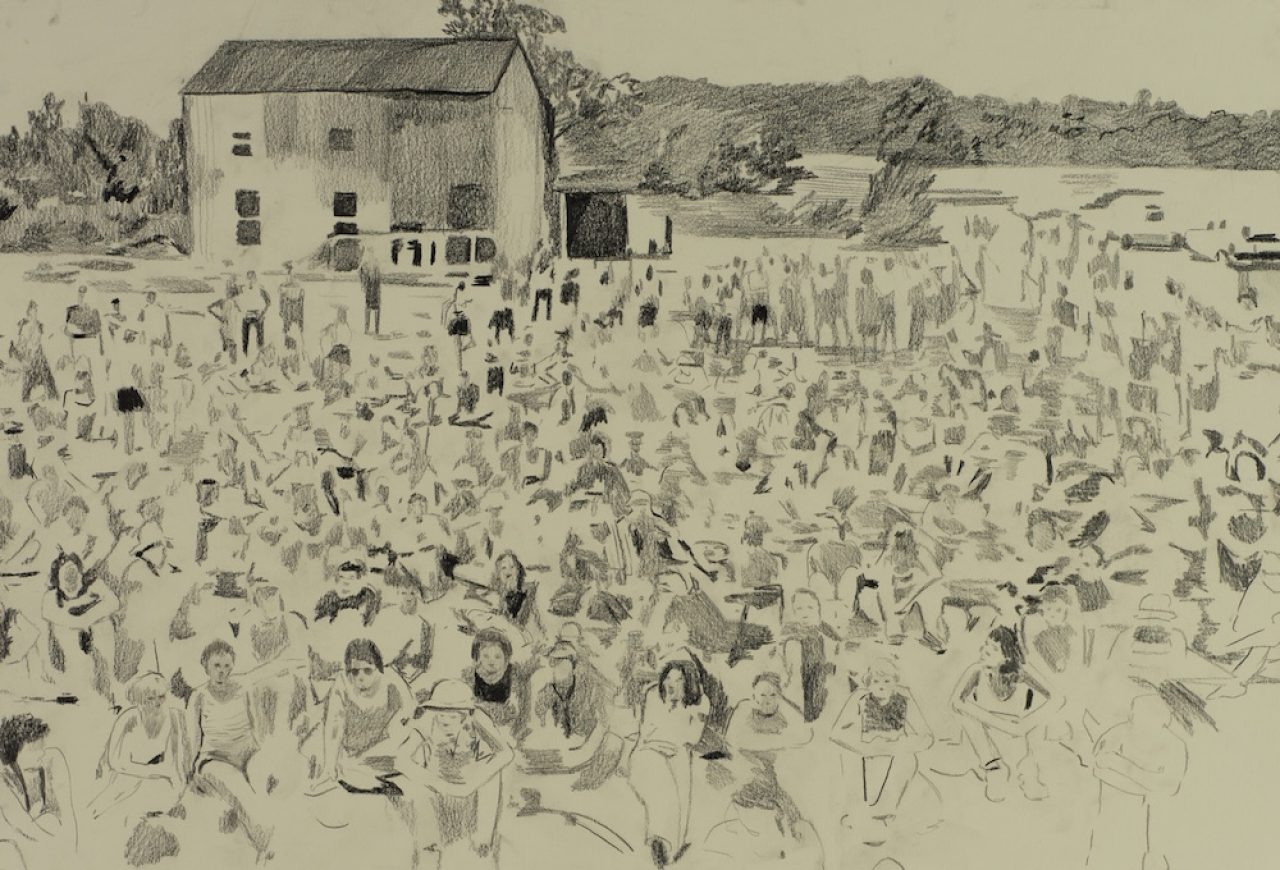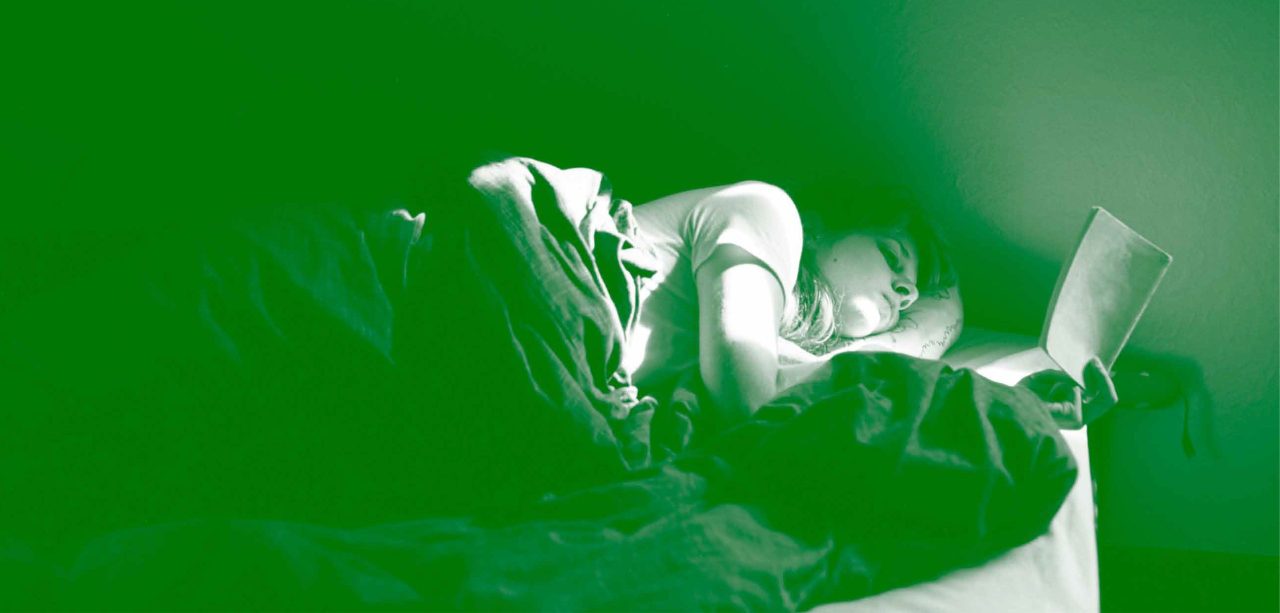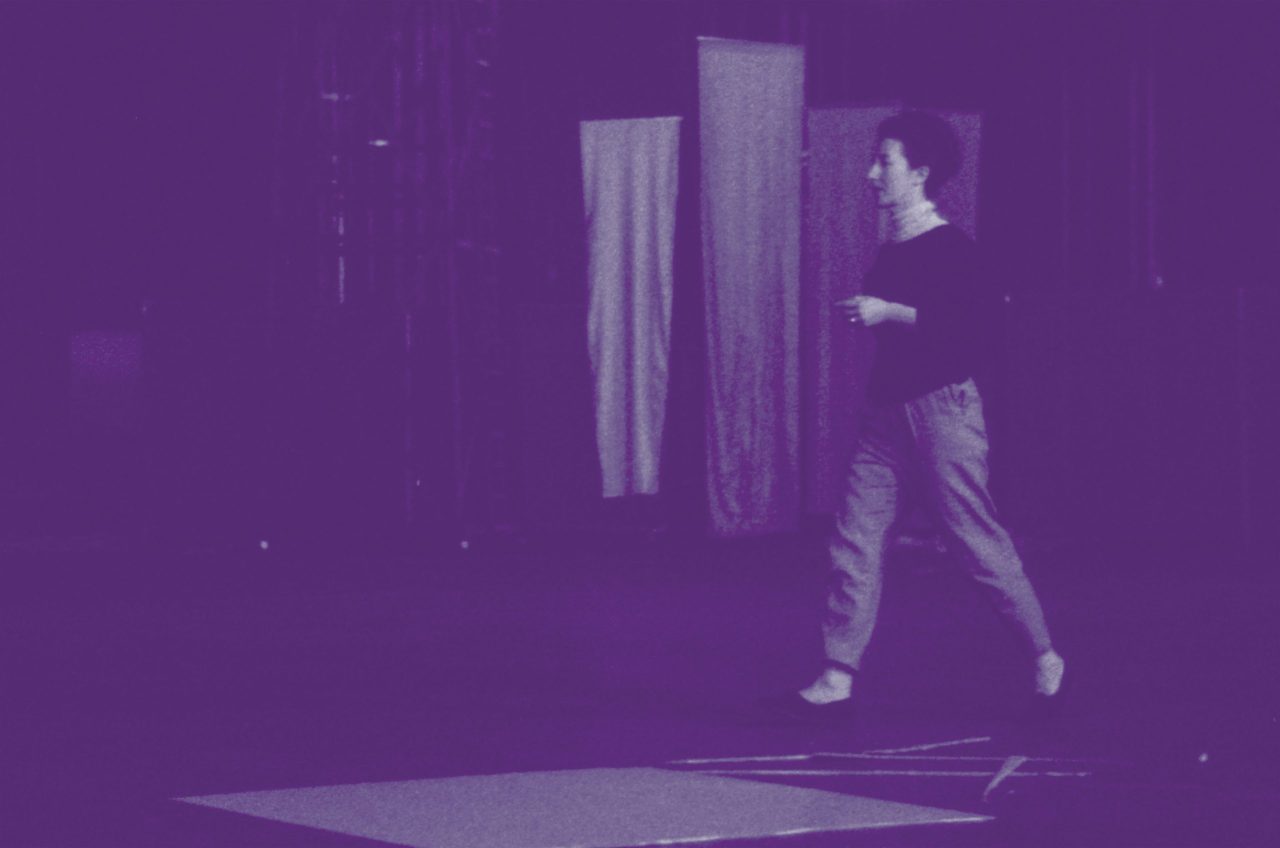
Exhibition catalogue from the four exhibitions associated with the Beginning with the Seventies project at the Belkin: GLUT (12 January-8 April 2018), Radial Change (22 June-12 August 2018), Collective Acts (4 September-2 December 2018) and Hexsa’am: To Be Here Always (11 January-7 April 2019), edited by Lorna Brown, Greg Gibson and Jana Tyner. Looking at the relationship between art, archives and activism, the Beginning with the Seventies publication begins with the 1970s, an era when social movements – feminism, environmentalism, LGBTQ2SIA+ rights, Indigenous rights, access to health services and housing – began to coalesce into models of self-organization that overlapped with the production of art and culture. Noting the resurgence of art practice involved with social activism and an increasing interest in the 1970s from younger producers, the Belkin connected with diverse archives and activist networks to bring forward these histories, to commission new works of art and writing and to provide a space for discussion and debate. Beginning with the Seventies brings contemporary art practices into active dialogue with the past, interweaving archive with artwork, poetry, prose and critical investigation. Over seventy prominent artists and writers, and works from 1969 to 2019, are featured in the series of four exhibitions. GLUT is concerned with language, depictions of the woman reader as an artistic genre and the potential of reading as performed resistance. Circling around the embodied archive, Radial Change explores the elusive histories of Helen Goodwin’s choreography and her influence on the international interdisciplinary art scene of the 1970s. Collective Acts taps into the generative potential of archival research by artists experimenting with collective organizing and cooperative production. Finally, bringing together research, material, media, testimony and ceremony, Hexsa’a̱m: To Be Here Always challenges the concept that the practices of First Peoples are simply part of a past heritage, by bringing forward the ways that art and culture can bring new realities into being.




